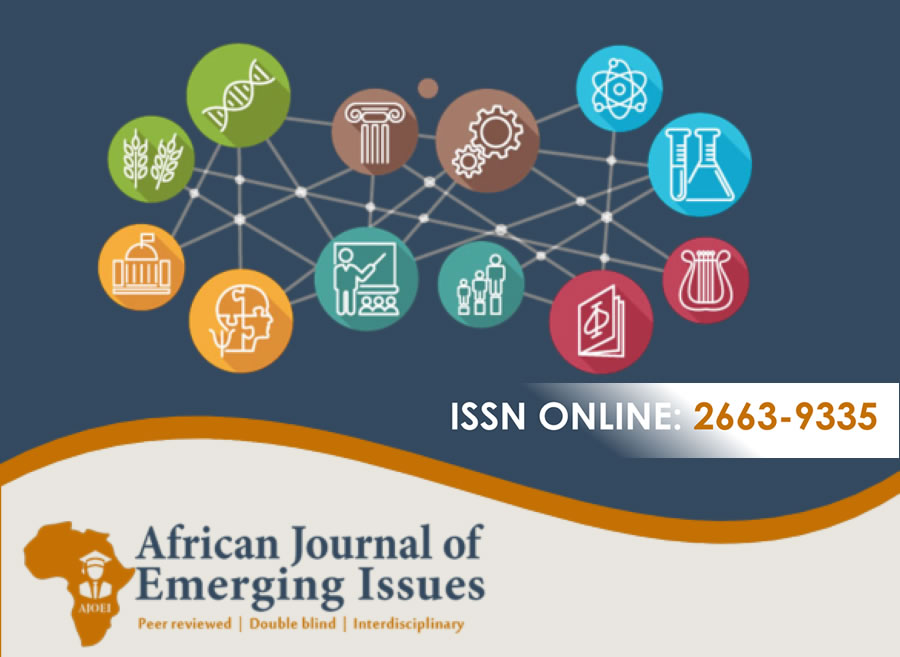INFLUENCE OF CLEAR COMMUNICATION STRATEGY ON THE PERFORMANCE OF CHURCH BASED EDUCATIONAL INSTITUTIONS IN TANZANIA
Abstract
Purpose of the Study: To assess the influence of clear communication strategy on the performance of church based educational institutions in Tanzania
Problem Statement: In Tanzania, church-based educational institutions form an important pillar of the education system by providing holistic, value-based, and affordable education to learners across the country. However, the performance of these institutions has increasingly raised concern. In several diocesan and parish-based schools, performance outcomes continue to fluctuate. These challenges underscore the critical need for clear communication strategies to enhance accountability, streamline decision-making, and improve institutional
Methodology: The study adopted positivism research philosophy and explanatory research design. The unit of analysis was 281church based education institutions in Dar es Salaam Tanzania while the unit of observation was 281 administrators of the targeted institutions. A stratified random sampling technique was used to determine a sample size of 165 administrators. Data was collected using a structured-close ended questionnaire was constructed on a five-point Likert scale. Before the main study, a pilot study was conducted in Christian-Based education institutions in Arusha where 17 questionnaires were distributed. Data was collected using both drop-and-pick-later method and google forms. Descriptive and inferential statistics were employed for data analysis where version 26 of Statistical Package for Social Sciences (SPSS) software. A multiple linear regression was used to predict the relationship between independent and dependent variable.
Conclusion: The study concluded that communication of the strategy has a statistically significant and positive effect on the performance of church-based educational institutions in Tanzania. Institutions that prioritize clear, timely, and transparent communication of strategic goals are more likely to achieve superior performance outcomes.
Recommendation: In light of the findings, the study recommended that institutional managers prioritize establishing clear and consistent communication channels to ensure that all stakeholders are well informed about the institution’s strategic goals and progress.
Keywords: Communication Strategy, Performance, Church Based Educational Institutions
References
Barney, J. (1991). Firm resources and sustained competitive advantage. Journal of Management, 17(1), 99–120. https://doi.org/10.1177/014920639101700108
Bautista, R., & Cruz, M. (2020). Strategic communication practices in Catholic universities in the Philippines. Journal of Education and Practice, 11(12), 45–56.
Githu, P., & Minja, D. (2025). Communication strategies and organizational effectiveness in educational institutions. African Journal of Management and Leadership Studies, 7(2), 112–125.
Haroon, M., & Malik, M. I. (2018). The impact of organizational communication on organizational performance in universities. Bulletin of Education and Research, 40(2), 183–200.
Henderson, K. (2021). The role of digital communication platforms in enhancing performance in faith-based schools in the United States. International Journal of Educational Management, 35(4), 756–770.
Kabanda, S., & Barrena-Martinez, J. (2025). Effective communication in management: Building relationships, coordinating actions, and sharing information. In J. Smith & R. Lopez (Eds.), Handbook of management communication (pp. 55–78). Springer.
Ministry of Education, Science and Technology (MoEST). (2023). Annual education sector performance report 2023. Government of Tanzania.
Mushi, G., & Ndalichako, J. (2021). Governance structures and performance of faith-based universities in Tanzania. Tanzania Journal of Education and Development, 12(3), 210–225.
Musheke, M. M., & Phiri, J. (2021). The effects of effective communication on organizational performance. Open Journal of Business and Management, 9(2), 659–671. https://doi.org/10.4236/ojbm.2021.92034
Mwalimu, J., & Shayo, E. (2023). Communication systems and institutional performance in Tanzanian higher learning institutions. East African Journal of Education and Social Sciences, 4(1), 15–27.
Ngonyani, A., & Komba, C. (2022). The role of communication strategies in the governance of church-based educational institutions in Tanzania. Journal of African Educational Research, 9(2), 34–49.
Njeru, L., & Mwangi, P. (2021). Communication strategies and performance of church-sponsored schools in Kenya. African Journal of Education and Practice, 6(1), 77–89.
Ochieng, J. (2023). Strategic communication and project performance in non-governmental organizations in Kenya. Journal of Project Management and Development, 8(2), 101–114.
Okafor, A., & Adebayo, T. (2022). Communication strategies and academic performance in Nigerian faith-based universities. Nigerian Journal of Educational Leadership and Policy, 5(1), 55–70.
Otieno, D., & Wanjala, M. (2022). Communication, accountability, and performance in church-sponsored schools in Kenya. Kenya Journal of Educational Administration, 14(2), 88–102.
Ufuophu-Biri, E., & Adewunmi, M. (2021). Organizational communication, employee motivation, and job performance in broadcast organizations in Delta State, Nigeria. International Journal of Communication, 15(1), 44–59.
Wernerfelt, B. (1984). A resource-based view of the firm. Strategic Management Journal, 5(2), 171–180. https://doi.org/10.1002/smj.4250050207





